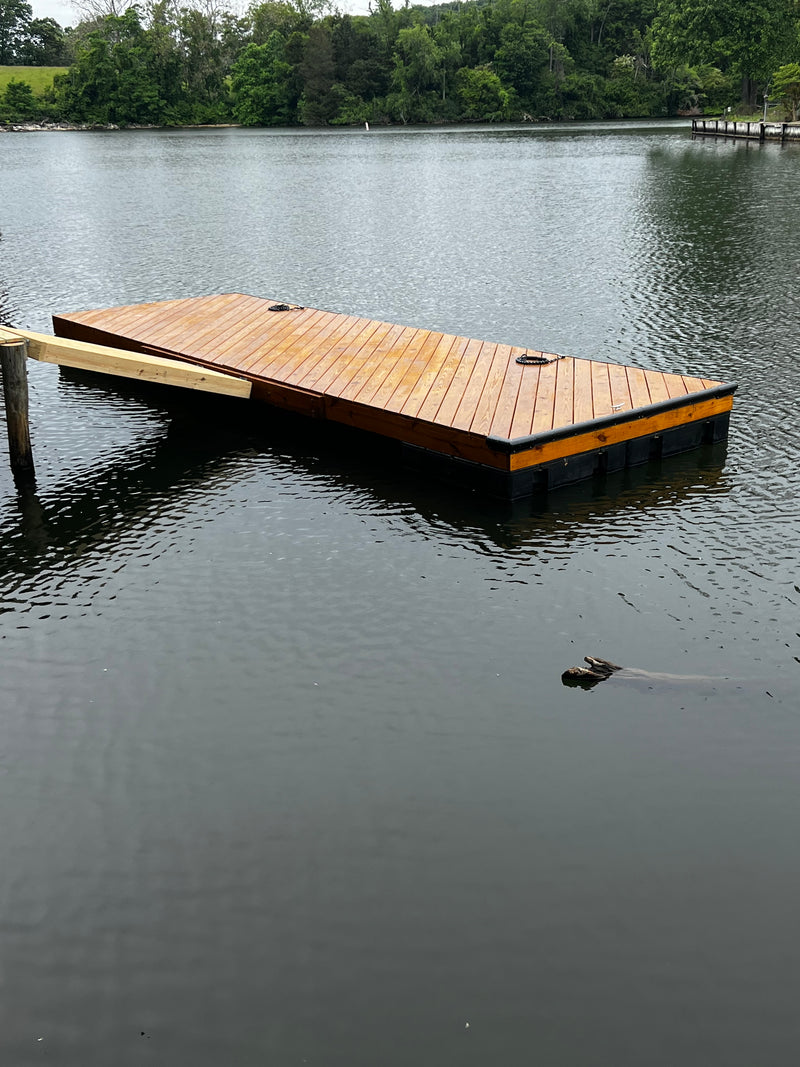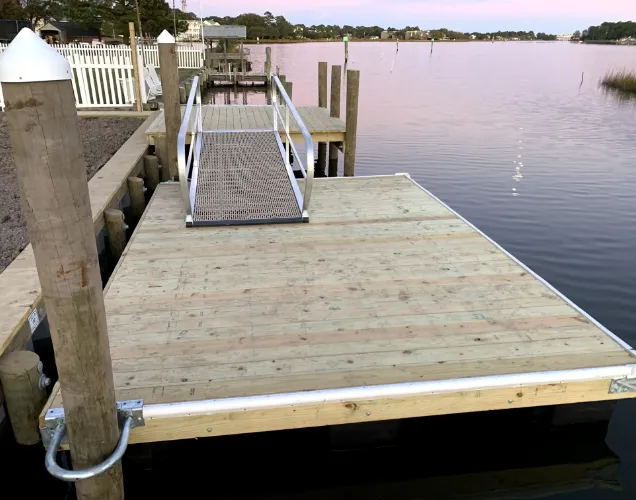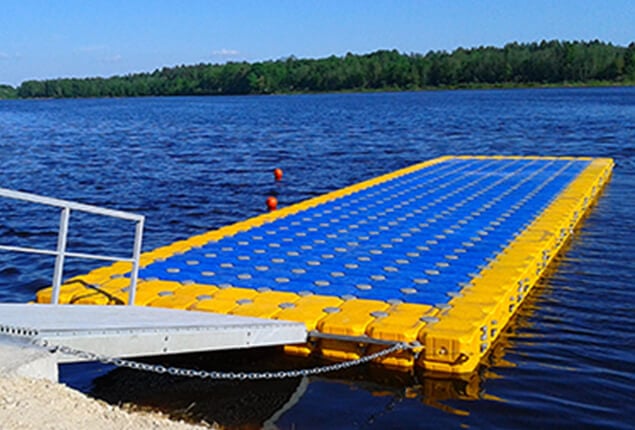Advantages of Dealing With a Developed Floating Dock Company for Satisfaction
Advantages of Dealing With a Developed Floating Dock Company for Satisfaction
Blog Article
Upgrade Your Beachfront With Sturdy Floating Docks
Upgrading your waterfront with resilient floating docks can significantly enhance both functionality and visual appeals, giving a functional solution for different water tasks. With an array of materials available, consisting of low-maintenance options and conventional timber, choosing the appropriate dock can enhance your personal style and meet useful demands.
Advantages of Floating Docks
Floating docks deal a wide variety of benefits that improve their charm for different maritime applications. One of the primary benefits is their flexibility to transforming water degrees - floating dock services. Unlike conventional fixed docks, floating docks fluctuate with the trend, making certain constant availability for boats and watercraft no matter of ecological conditions. This attribute dramatically minimizes the danger of damage to vessels, as they continue to be safely tied also during fluctuations in water deepness.
Furthermore, floating docks are much easier to set up and move, offering adaptability for short-term or seasonal use. Their modular design permits for personalization to fit specific requirements, whether for exclusive marinas, property waterfronts, or industrial applications.
In addition, floating docks create marginal disruption to the aquatic atmosphere, maintaining local ecological communities and reducing the chance of disintegration. They additionally offer improved safety and security and security for users, as their buoyant nature uses an extra flexible surface area than rigid structures.
Moreover, floating docks can promote a diverse series of activities, such as fishing, swimming, and recreational boating, making them a useful possession for beachfront growth. Their versatility and practicality make floating docks a preferred option for a range of naval projects.
Choosing the Right Materials
Choosing proper products for floating docks is important to their durability, efficiency, and total effectiveness. When choosing products, take into consideration variables such as ecological direct exposure, upkeep demands, and structural honesty. Usual materials include wood, plastic, aluminum, and composite alternatives, each offering distinctive benefits and negative aspects.
Timber, while visually pleasing, calls for normal upkeep to avoid rot and degeneration. Pressure-treated wood can enhance resilience, but it may still surrender to water damages in time. Plastic floats, frequently made from high-density polyethylene, are resistant to deterioration and need very little upkeep, making them an attractive selection for low-maintenance applications.
Light weight aluminum is one more viable option, recognized for its stamina and lightweight homes. It is resistant to corrosion and can stand up to harsh climate condition, although it might be extra costly than various other materials. Compound products incorporate the ideal qualities of timber and plastic, supplying a low-maintenance and resilient alternative that resembles the appearance of wood without the associated drawbacks.
Ultimately, the option of material should align with the intended use, environmental factors to consider, and budget plan constraints, guaranteeing a functional and long lasting floating dock that satisfies your certain needs.
Installment Process Summary
The successful installment of a drifting dock relies upon cautious planning and implementation, guaranteeing that it operates properly in its intended environment. The initial step entails assessing website problems, including water deepness, shoreline features, and prevailing weather patterns, which will educate the dock layout and anchoring system.
Following the website assessment, the next phase is to prepare the floating dock elements. This includes assembling the structure, securing floats, and affixing any kind of necessary equipment. It is vital to ensure that all connections are water-resistant and robust to stand up to aquatic problems.
When the dock is put together, the installment process commences with positioning the dock in the water. This can involve a crane or other lifting equipment, especially for larger structures. Proper positioning is necessary for capability and safety and security.

Upkeep Tips for Long Life
Routine upkeep is necessary for guaranteeing the long life and ideal efficiency of a floating dock. To attain this, begin with regular inspections at the very least twice a year, focusing on the stability of the dock's framework, including the flotation protection devices and linking equipment. Look for indications of wear, damage, or rust, and address any problems More hints without delay to avoid more degeneration.
Cleaning is an additional essential facet of maintenance. Get rid of particles, algae, and barnacles from the dock's surface to avoid slippery conditions and preserve visual allure. Use a soft brush and a light cleaning agent to stay clear of damaging the dock's materials.
Furthermore, make sure that the dock is effectively anchored and secured to endure seasonal modifications in water degrees and climate problems. Examine the anchoring system for security and make adjustments as required.
Enhancing Your Outside Aesthetic
To produce a visually attractive outside area, integrating a floating dock can dramatically improve the general aesthetic of your waterside property. Floating docks are not just useful yet can additionally work as a striking focal factor that matches the natural environments - floating dock company. Readily available in various products and layouts, these docks can be personalized to match your residential property's building style and landscape
The addition of attractive components, such as incorporated illumination or trendy railings, better boosts the article dock's visual appeal. Take into consideration making use of natural wood finishes, which mix effortlessly with the atmosphere, or choosing modern-day products like aluminum or composite outdoor decking that provide a sleek, modern look.
Strategically positioning planters or seating locations on or around the dock can produce inviting areas that encourage leisure and enjoyment of beachfront views. Additionally, including colors and appearances that integrate with your landscape will develop a cohesive visual throughout your outdoor location.

Final Thought

Updating your beachfront with home resilient floating docks can considerably boost both functionality and appearances, offering a functional solution for different water tasks. Unlike traditional fixed docks, floating docks rise and fall with the trend, making certain consistent availability for watercrafts and boat no matter of environmental conditions.Picking ideal materials for floating docks is crucial to their long life, efficiency, and overall effectiveness.When the dock is set up, the installment process commences with positioning the dock in the water.In summary, floating docks offer many advantages, including flexibility to water degree changes and a variety of product alternatives.
Report this page